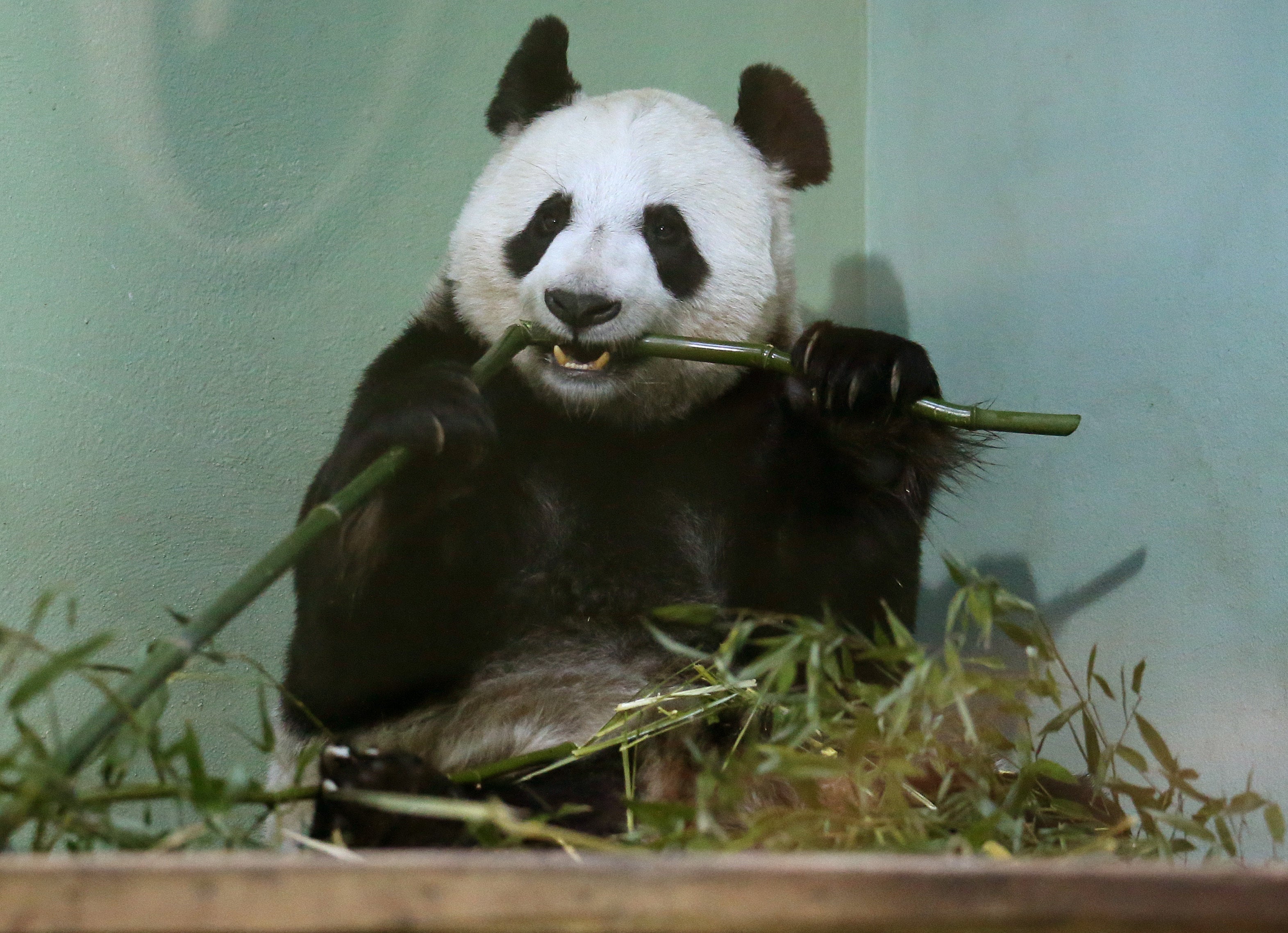Giant pandas stay chubby on bamboo diet thanks to gut bacteria – study
While they feed on fibrous bamboo for most of the year, during late spring and early summer, the animals enjoy newly sprouted bamboo shoots.

Your support helps us to tell the story
From reproductive rights to climate change to Big Tech, The Independent is on the ground when the story is developing. Whether it's investigating the financials of Elon Musk's pro-Trump PAC or producing our latest documentary, 'The A Word', which shines a light on the American women fighting for reproductive rights, we know how important it is to parse out the facts from the messaging.
At such a critical moment in US history, we need reporters on the ground. Your donation allows us to keep sending journalists to speak to both sides of the story.
The Independent is trusted by Americans across the entire political spectrum. And unlike many other quality news outlets, we choose not to lock Americans out of our reporting and analysis with paywalls. We believe quality journalism should be available to everyone, paid for by those who can afford it.
Your support makes all the difference.Despite almost exclusively eating fibrous bamboo, giant pandas manage to stay chunky and healthy.
Researchers have found that the animals’ gut bacteria changes in the season when nutritious bamboo shoots become available.
This shift helps the bear gain weight and store more fat, and may help compensate for the lack of nutrients in seasons when there are only bamboo leaves to chew on, the study suggests.
This is the first time we established a causal relationship between a panda’s gut microbiota and its phenotype
Depending on what part of the grass they are eating, pandas need to eat around 26 to 84 pounds of bamboo every day.
First author Guangping Huang, at the Institute of Zoology, Chinese Academy of Sciences, said: “This is the first time we established a causal relationship between a panda’s gut microbiota and its phenotype.
“We’ve known these pandas have a different set of gut microbiota during the shoot-eating season for a long time, and it’s very obvious that they are chubbier during this time of the year.”
A newborn panda is about the size of a stick of butter — about 1/900th the size of its mother — but females can grow up to about 200 pounds.
While males can grow up to about 300 pounds as adults, according to the WWF.
Researchers, led by Fuwen Wei at the Institute of Zoology, have been studying wild giant pandas living in the Qinling Mountains in central China for decades.
While they feed on fibrous bamboo for most of the year, during late spring and early summer, the animals get to enjoy protein-rich newly sprouted bamboo shoots.
The team say wild pandas have a significantly higher level of a bacterium called Clostridium butyricum in their gut during the shoot-eating season compared with the leaf-eating season.
In order to test if this change in gut bacteria could affect a panda’s metabolism, the researchers conducted a faecal transplant of panda faeces collected in the wild to germ-free mice.
The mice were then fed a bamboo-based diet that simulated what pandas eat for three weeks.
According to the study, the mice transplanted with panda faeces collected during shoot-eating season gained significantly more weight and had more fat than mice transplanted with faeces from leaf-eating season, despite consuming the same amount of food.
Further analysis revealed that the metabolic product of C. butyricum, butyrate, could lead to a process which increases the storage of fat.
The team next plans to map out more microorganisms in the panda’s gut and find out about their roles in affecting the animal’s health.
The research is published in the journal Cell Reports.